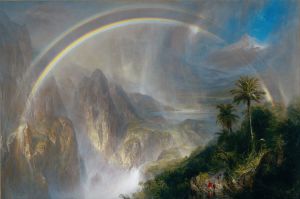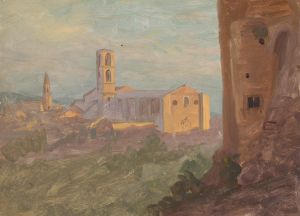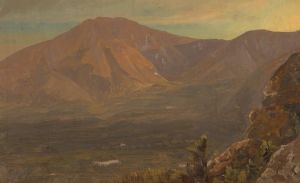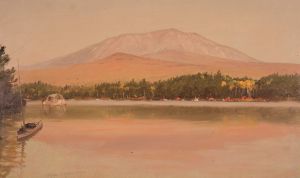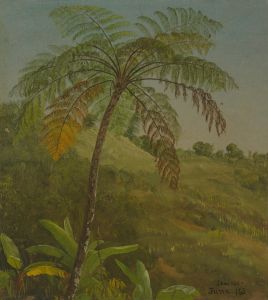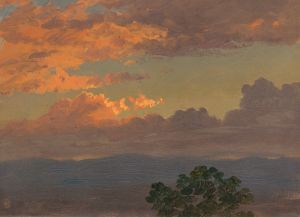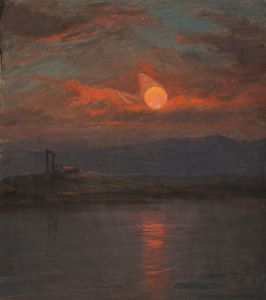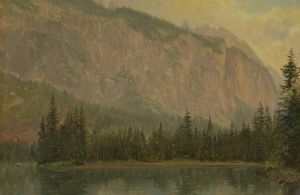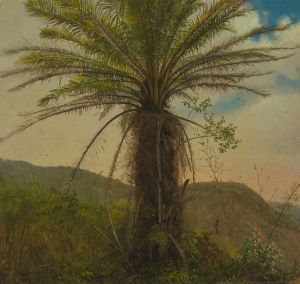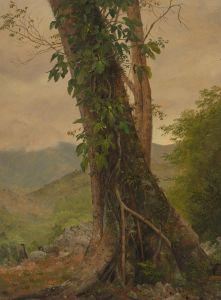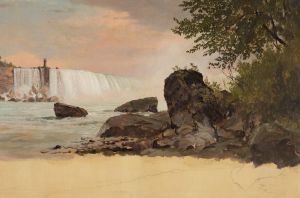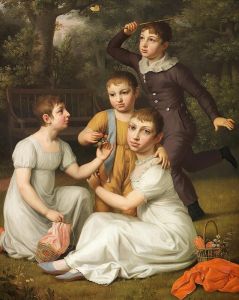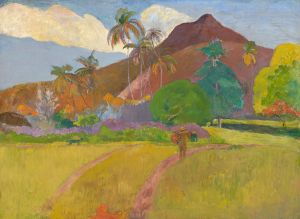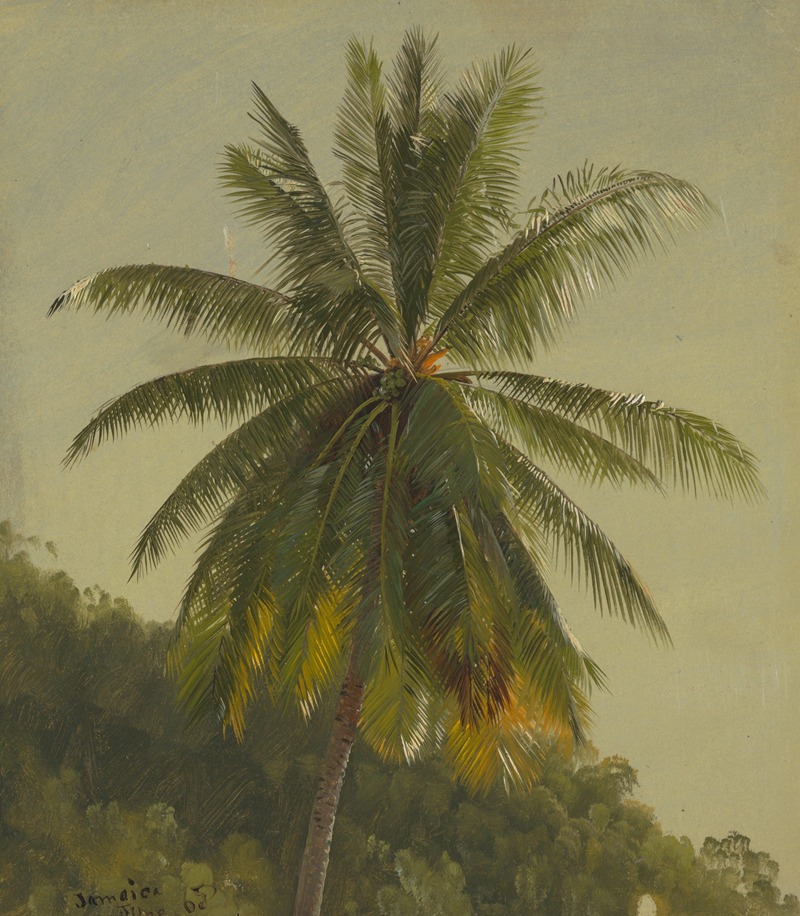
Palm Trees, West Indies
A hand-painted replica of Frederic Edwin Church’s masterpiece Palm Trees, West Indies, meticulously crafted by professional artists to capture the true essence of the original. Each piece is created with museum-quality canvas and rare mineral pigments, carefully painted by experienced artists with delicate brushstrokes and rich, layered colors to perfectly recreate the texture of the original artwork. Unlike machine-printed reproductions, this hand-painted version brings the painting to life, infused with the artist’s emotions and skill in every stroke. Whether for personal collection or home decoration, it instantly elevates the artistic atmosphere of any space.
"Palm Trees, West Indies" is a painting by the American artist Frederic Edwin Church, completed in 1854. Church was a central figure in the Hudson River School, a mid-19th century American art movement characterized by its realistic and detailed portrayal of American landscapes and its emphasis on the beauty of the natural world.
Frederic Edwin Church was known for his grand and often dramatic landscapes, and "Palm Trees, West Indies" is no exception. This painting reflects Church's fascination with exotic locales and his dedication to capturing the natural beauty and diversity of the world. The work was inspired by Church's travels to the Caribbean, specifically the island of Jamaica, which he visited in 1865. However, the painting itself was completed earlier, suggesting that Church may have drawn on other sources or earlier sketches and studies for his depiction.
"Palm Trees, West Indies" showcases a lush tropical scene dominated by towering palm trees, which are rendered with meticulous attention to detail. The composition is balanced by the inclusion of a serene body of water and distant mountains, creating a sense of depth and tranquility. The vibrant colors and intricate brushwork highlight Church's skill in capturing the interplay of light and shadow, as well as the rich textures of the tropical vegetation.
The painting is notable for its vivid portrayal of the Caribbean landscape, which was relatively unfamiliar to American audiences at the time. Church's ability to convey the exotic beauty of the West Indies helped to broaden the horizons of his contemporaries and contributed to the growing interest in travel and exploration during the 19th century.
"Palm Trees, West Indies" is part of the collection at the Olana State Historic Site in Hudson, New York, which was the home and studio of Frederic Edwin Church. Olana is now a museum dedicated to Church's life and work, and it houses many of his paintings, sketches, and personal artifacts. The site offers visitors a unique opportunity to explore the artist's creative process and to appreciate the landscapes that inspired him.
Church's work, including "Palm Trees, West Indies," continues to be celebrated for its technical mastery and its ability to evoke the sublime beauty of the natural world. His paintings are considered important contributions to American art and are studied for their historical and cultural significance.
In summary, "Palm Trees, West Indies" by Frederic Edwin Church is a masterful depiction of a tropical landscape that reflects the artist's skill and his fascination with the natural world. The painting remains an important part of Church's legacy and a testament to the enduring appeal of the Hudson River School's vision of nature.





